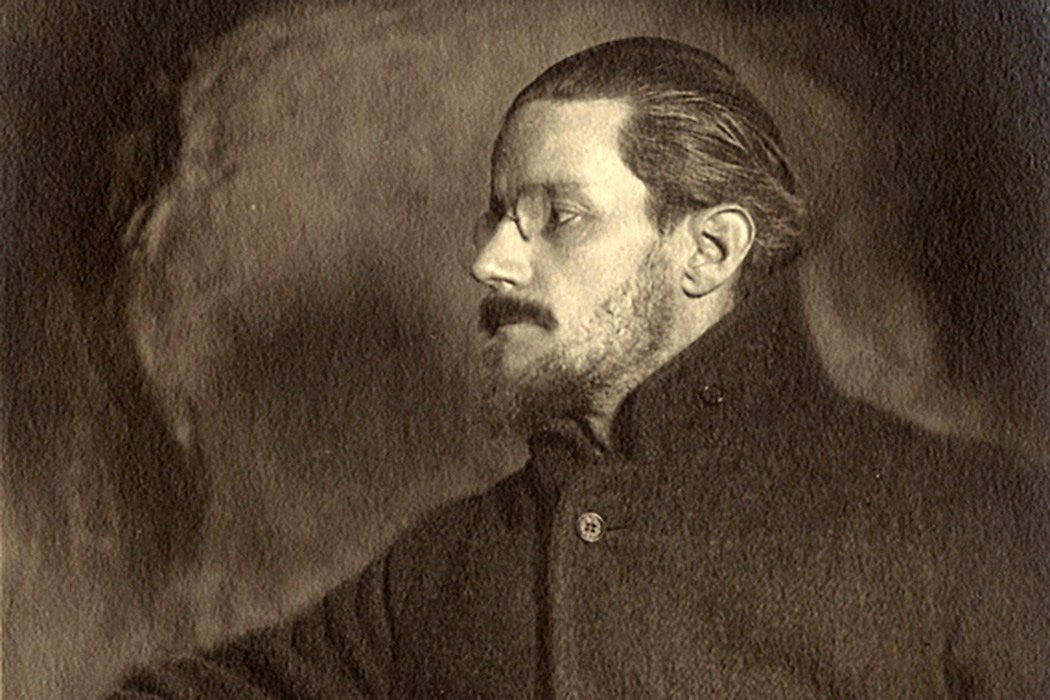The literary world frequently declares James Joyce the Irish writer, a man who spun tales based on his own experiences in Dubliners, A Portrait of the Artist as a Young Man, and Ulysses, all of which have become part of the literary canon. But does he earn the label “Catholic,” often put on the other side of the hyphen when describing anything Irish?
No one would ever describe Joyce, born February 2, 1882, in Dublin, as a pietistic man. He openly rebelled against the Irish-Catholicism of his youth, declaring that he was in a private war against its dogmas. Joyce was an avid consumer of the freethinker philosophy of his day, which frequently saw the Catholic Church as its greatest enemy. The pre-Vatican XII Church of Joyce’s day was seen as a reactionary force against freedom, and Joyce apparently accepted that view. He was not married in the Church, did not have his children baptized, and, when he died in 1941 in Switzerland, he did not receive the last rites or a Catholic funeral.
Yet Joyce remains a novelist whose characters are imbued with a Catholic world view. Some readers see him as a Catholic writer unable to shake off the religious perspective of the early twentieth-century Irish world. The contradictions have befuddled literary critics.
Even after Joyce privately declared war on Catholic faith during his university years, he did attend mass occasionally, visiting St. Peter’s in Rome. He developed a fascination with Greek Orthodoxy after a visit to Trieste as a young man. One letter from Joyce indicates that he saw himself as a “misbeliever,” a heretic who absorbed the literature of the King James Bible and Greek Orthodox beliefs.
Catholic life in Joyce’s Ireland was complicated. The Church provided much of the impetus for the revolutionary anti-British stirrings among the population. Some priests openly favored rebellion. While Joyce in many ways turned away from the Church in his personal life, his writings indicate his absorption in all matters theological. In Dubliners, for example, pious characters are mocked for their misunderstanding of basic Catholic doctrines, with which Joyce was well acquainted.
Joyce is said to have described the Catholic Church as “here comes everybody.” And while he often pulled himself out of its embrace, his work made frequent forays into Catholic life. The impact of the Church seen through his fictional characters is an indication that he never could quite escape its hold on his own imagination, even while declaring himself to be a freethinking heretic.







